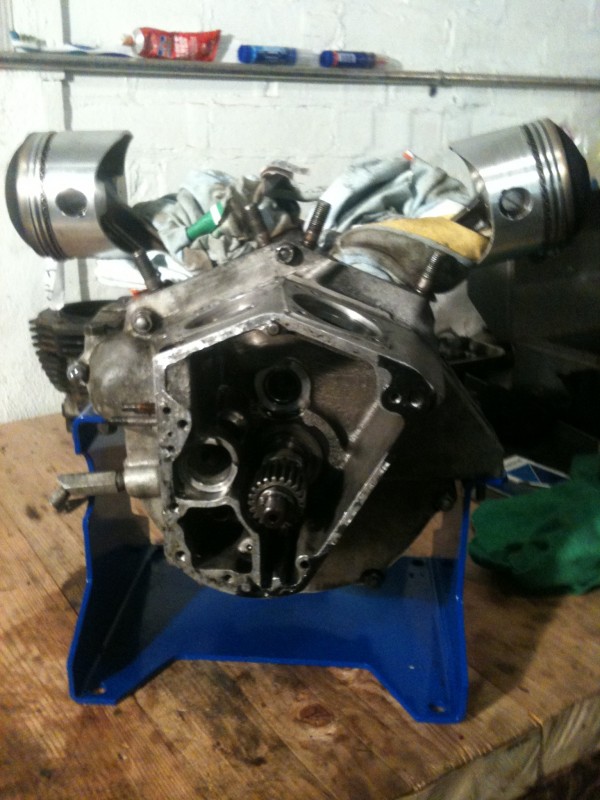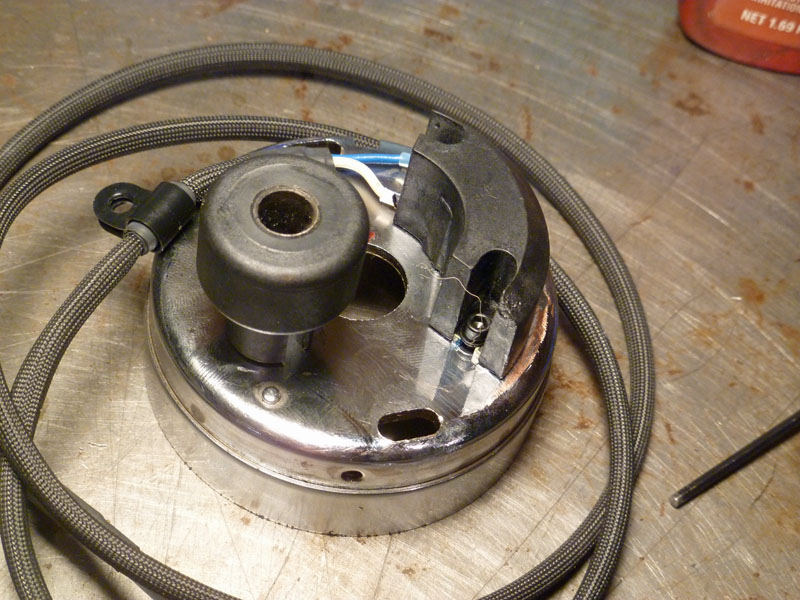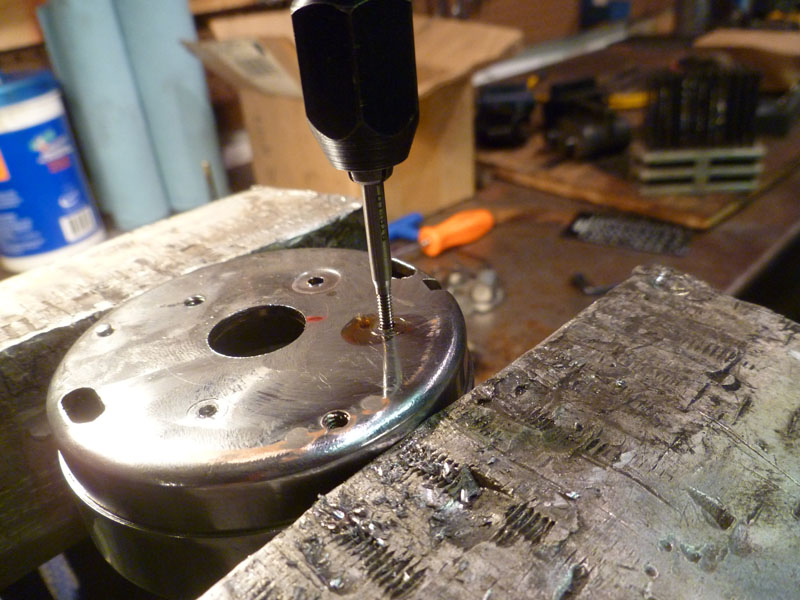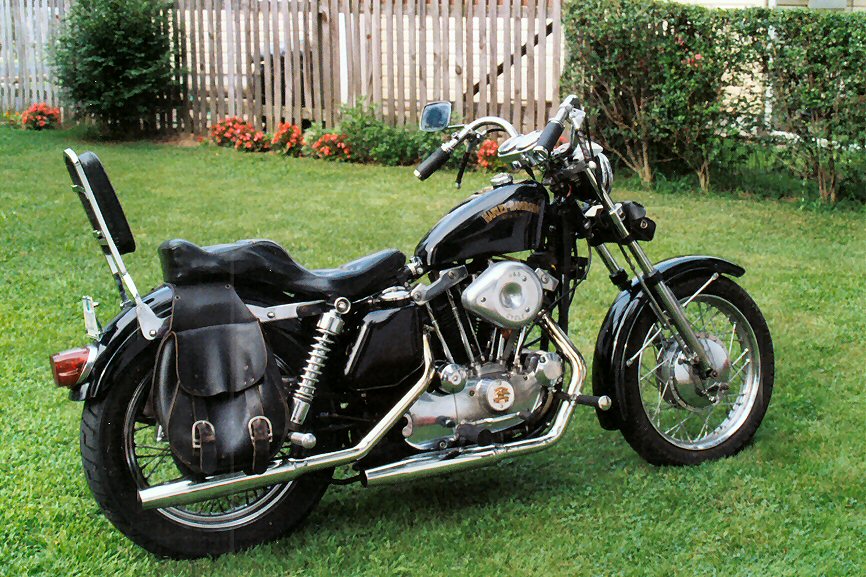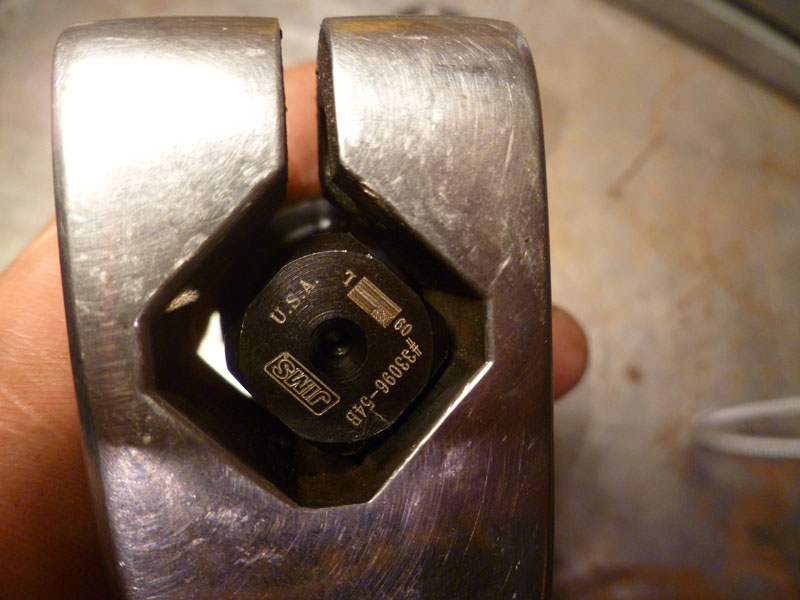I thought it would be easy to describe. And I guess if we were to be perfectly literal, it would be. But there’s something more. An underlying ethos so inseparable from identity as to be defining in itself. So pervasive as to be woven into the fabric of every fold of existence. The red thread in the dark wool suit only evident under close examination. Look closely and it’s everywhere. Pay no attention and it doesn’t exist.
Ever gone to dinner with your wife or girlfriend whilst your mind was a million miles away analyzing and solving a mechanical issue you’ve been working on?
Lain awake nights making step-by-step plans for what you’ll do next time you’re at the workshop until the alarm goes off?
Learned to participate in casual conversation while simultaneously working on something else in your mind, giving not a clue?
Attended a business meeting in a suit and tie with grease in your fingerprints that could not be scrubbed out?
Made detailed sketches of parts and specialty tools that you’d like to make in notebooks, napkins and scrap paper. Saved them in your wallet interminably until you improve the idea and eventually create them?
Taken calls from friends Saturday nights asking you to come out and you’re in the shop and tell them you can’t make it?
Stopped to help a broke down motorist on your way to an important event and taken the time to explain troubleshooting methodology to the barely interested as you fixed their car intuitively? While the rest of the people in your car roll their eyes, not understanding the sickness?
You get the idea.
This is no flash in the pan.
I’ve been suffering or benefiting, depending on one’s perspective, from this mindset since I was six years old and disassembled completely the first bicycle I’d ever gotten by 2pm on Christmas day. My parents, not being able to find me, finally made their way out to the garage to discover me elbow deep in parts and my dad’s tools. They threatened “You’d best have that back together by bedtime or you’ll never get another bike from us again”. I was dismissive, and confident that I’d have it done in time, even then. Of course a few unnecessary parts remained when I was done. That’s no cutesy cover-up. They added nothing to the function of the machine. A few years later I figured out that a hacksaw could cut metal and whole new world opened up to me. I cut some sections out of a couple aluminum lawn chairs we had and made two foot long fork extensions to that same bike. I jammed them on the forks of the bright yellow Huffy and used existing holes in the tubes to bolt on the wheel. Sketchy as hell. And fun! The first couple ramp jumps (if you could see the dodgy crap we assembled as ramps in the neighborhood) proved that modification to be, let’s say, temporary at best. But it didn’t stop me.
Obsession. Useful if you can harness it. At the same time a detriment that can haunt you. Its kissing cousin, perfectionism, amplifies the effects. Perfection paralysis. I also call it Magnum Opus Syndrome. Know what it is? Ever have it? Only perfect is good enough. You can guess where that one might lead. Mostly towards more thinking than doing. But these same traits can also bring meaningful innovation and gainful employment. Everyone’s got something reckon with. I consider myself lucky to have been saddled with these.

